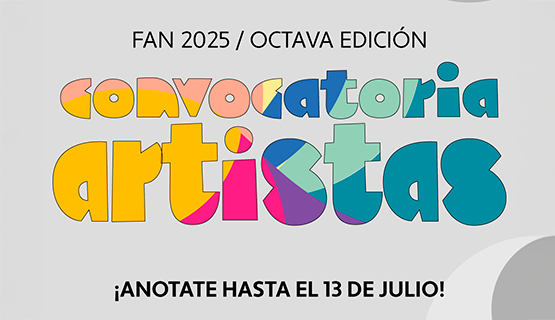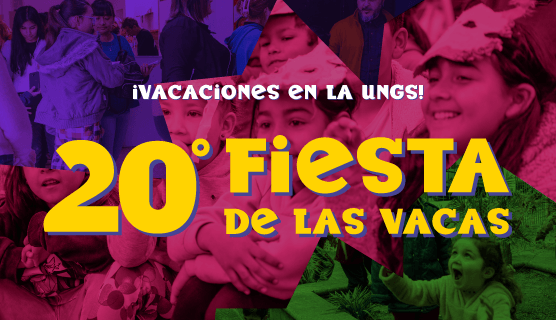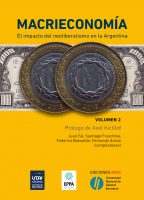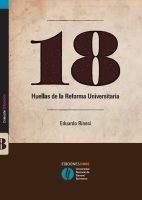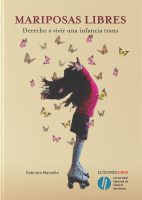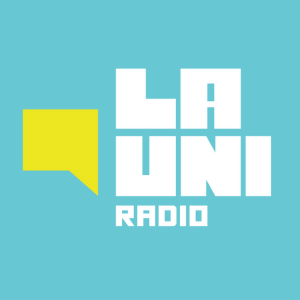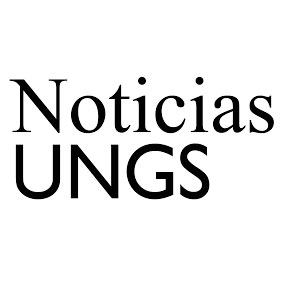A mi me llaman peludo: cultura, politica y nación en los margenes del Uruguay
From the second part of the 20th century, the word hairy refers to people linked to rural work in the city of Bella Unión, located in the department of Artigas, on the territorial border that Uruguay shares with Argentina and Brazil. Considering the successive and multiple processes of action, coproduction, representation and significance, this thesis addresses the fragmentary history of this word -growth-, of the people who call themselves from it and the subject who refers -the hairy- as a way of access to the sedimentations and transformations that, between 1940 and 2006, plotted some of the different narratives about the nation in Uruguay. More specifically, this thesis asks about the social, political and cultural processes that constitute the margins of these narratives: for the representations and languages that make them possible, they challenge or legitimize them and for the actors and contexts that intervene in it. Chapter 1, from the three possible accesses to Bella Union, presents three tours of the city to give an account of some aspects of the social and material relationships that plotted and plot the hairy. Chapter 2 (1940-1960) is dedicated to the scales (national / regional / local) in which the birth of the sugar industry in Bella Unión was registered, the tensions that this entailed and the ways in which the workers employees in the cutting of sugar cane in the period trace complementary genealogies for the word hairy at the same time they build their relationship with the nation. Chapter 3 (1961-1971) addresses the beginning of union mobilization and political radicalization in the 1960s. The emergence of the union that gathers the furry workers - the Union of Sugar Workers of Artigas (UTAA) - and the five marches made to Montevideo between 1962 and 1971 are analyzed as a "long-term ritual" that, based on a series of cultural, political and religious repertoires available, he collaborated in the coproduction of his miserabilist and epic representation. Chapter 4 (1972-1984) analyzes the ways in which hairy and furry were integrated, integrated and experienced the classificatory systems that resulted from political violence and State terrorism and what could be considered "local chronologies and forms". "Of national implication. Chapter 5 (1985-1999) analyzes the process of union reorganization after the civic-military dictatorship to warn of the tensions involved in the intergenerational dialogue and its relations with the complementarity of the process of productive reconversion of the agroindustry and the processes of religious and ethical-political conversion that shaped new ways of acting, speaking and representing politics from the agro-industry crisis in the nineties. Finally, Chapter 6 (2000-2006), takes three recent events to analyze the ways in which the UTAA militancy was defining its participation in the "political society", its dialogue with the State / government, its insertion in the current political scenario and the tensions that this entails. The thesis also has an Introduction, seven Field Records (ethnographic descriptions that anticipate the topics discussed in the next chapter) and Conclusions in which some of the problems that run through the thesis are synthesized and refined: the construction of social representations, the practical consequences of the words and the production of the furry as subject. All this to review the relations between the "national narratives", the "national formations of alterity" and the "f (r) ictions" on which they are based.
